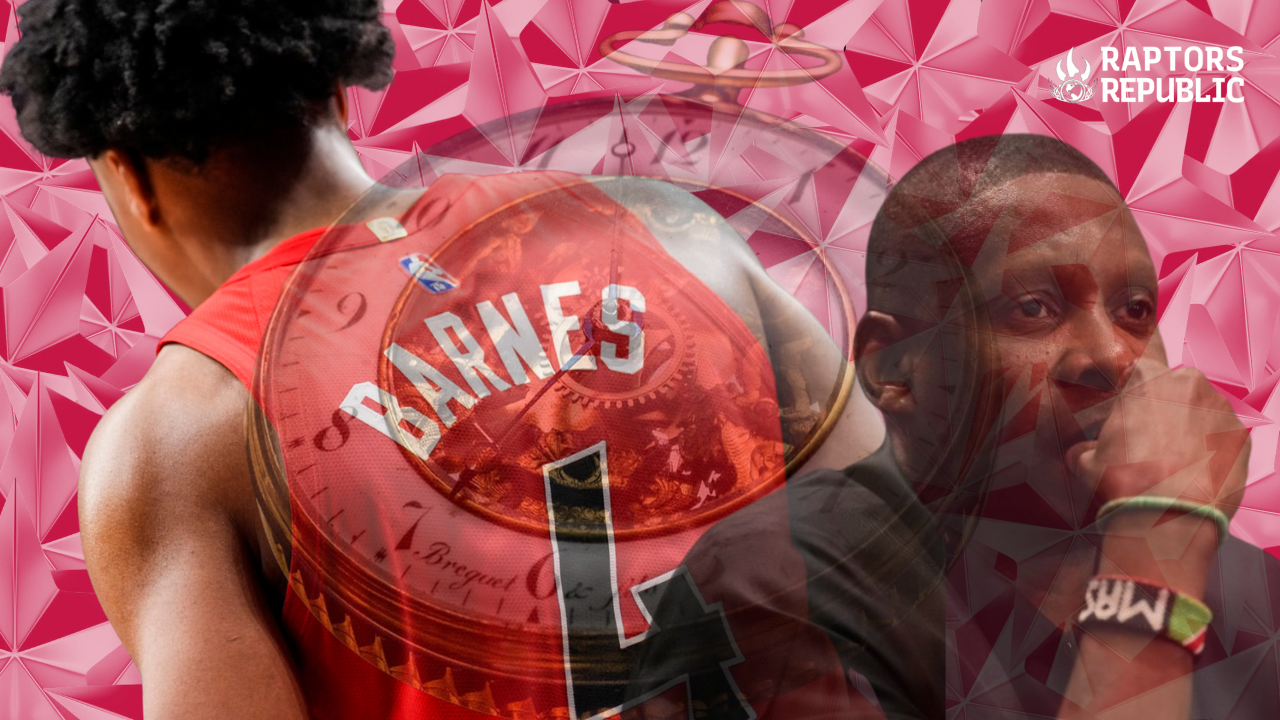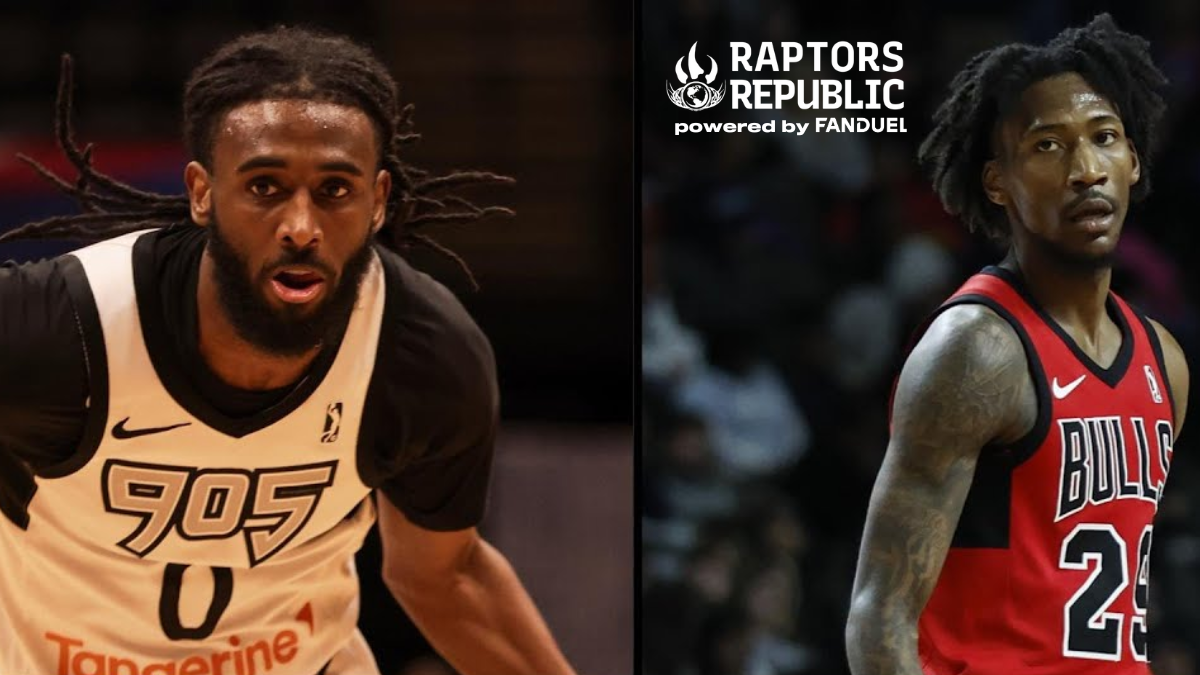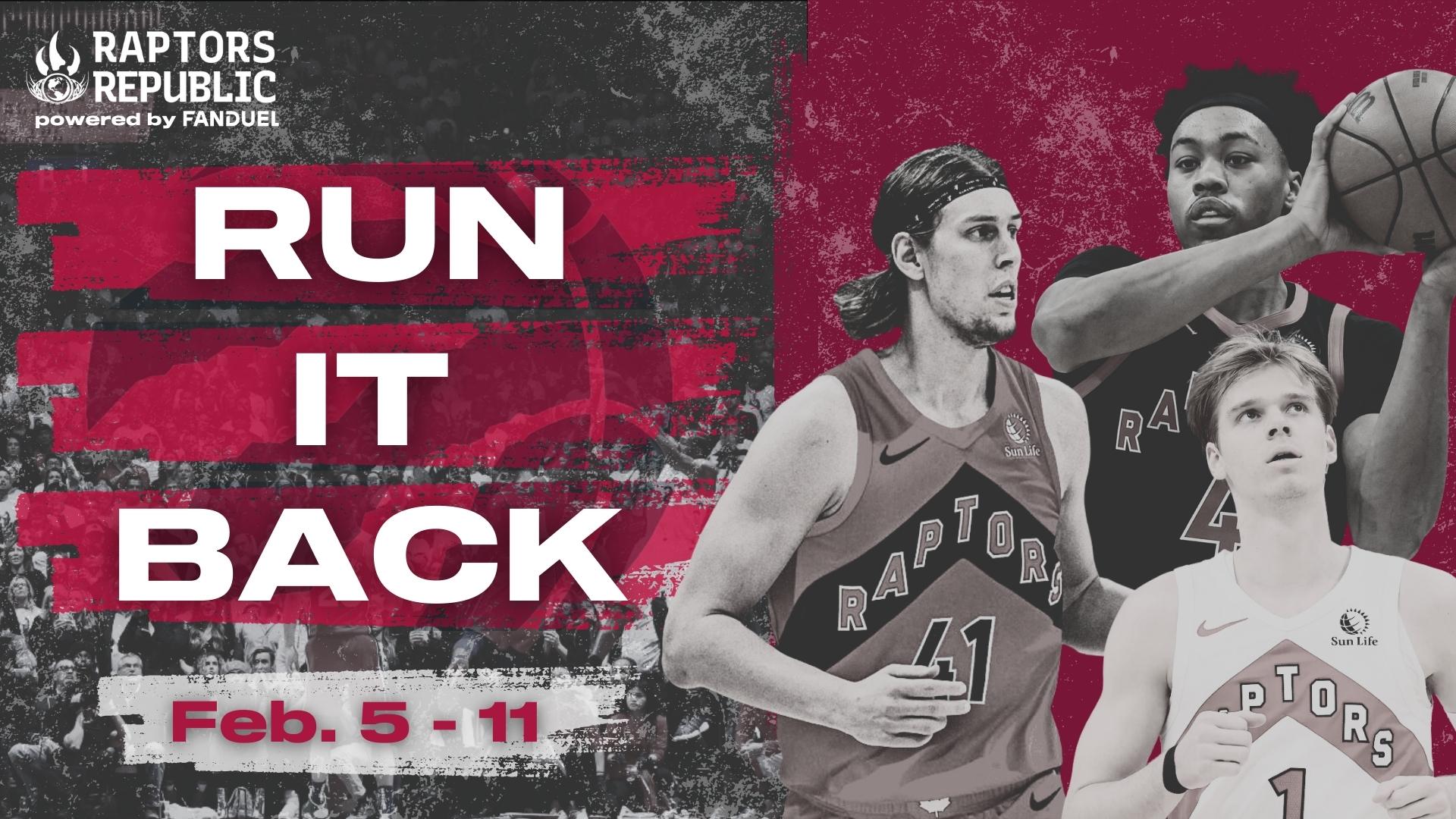It wasn’t long ago that I was bemoaning the Toronto Raptors’ center rotation. Neither Jakob Poeltl nor Precious Achiuwa could shoot, and they didn’t make sense alongside other non-shooters at the forward spots.
Then the entire team changed. Achiuwa was gone, as well as Pascal Siakam and OG Anunoby and Dennis Schroder and others. Poeltl started to make great sense as the lynchpin of the defense once more, and the finisher of so many plays on the offensive end. I wrote this then:
Poeltl is doing so much well that whether he’s the ideal fit or not is kind of missing the point. Don’t let the perfect be the enemy of the good.
And for all his success, the Raptors still missed a center who could shoot. They could still be hurt by a center sagging off of Poeltl and disallowing all his north-south passing wizardry during delay actions or even horns sets. Poeltl was good, of course. But it would still have been nice to see some perfect on the team. Namely, a center who could shoot.
That’s where Kelly Olynyk comes in. He’s no superstar, of course. But he can help Toronto in a number of ideal ways — ones that Poeltl cannot address. And he can help the team the Raptors are trying their best to build, Scottie Barnes’ team. Olynyk is a great center to pair with Barnes.
Most importantly, and put most simply, he is a shooter. And knockdown shooter. A killer shooter. He’s been at 40 percent since last year, and he’s at 37 percent for his career. That makes him a top-10 shooting center league-wide. Or: the most accurate shooting big in the league this year. And much flows from that ability.
Like Poeltl, Olynyk is also a terrific passer. But he has passes available to him that simply aren’t to Poeltl, largely because he forces his defender to cover him above the arc whenever he has the ball.
Consider these two passes:
Both coming out of the same set in delay action, Olynyk has the ball at the top of the key with his defender pressing up against him. The Cleveland Cavaliers seek to defang that advantage — the offense’s center being a shooter — by stationing Evan Mobley, the defending center, on Barnes. But Barnes is far from a non-shooter at this point in the season. And the Raptors use him as a backscreener, forcing Mobley to get into the action and out of the paint. That opens a lob in the first play, as Cleveland just doesn’t have any size left around the rim to deter the pass. Free throws result.
In the second play, Cleveland tags the off-ball screen, having just seen it hurt them on the previous possession. Olynyk downloads that and whips the ball to the tagger’s man in the corner. Gradey Dick pump fakes and sees an easy-ish drive to the rim. He is able to reverse it in because Olynyk is drawing the defense so taut to the top of the court. The pass, and the drive and finish that ensue, are both in large part available because of Olynyk’s reputation as a shooter.
That is kung-fu level offense, terrific both on the clipboard and on the court.
That stuff just isn’t available to Poeltl, not against good teams. Sure, sometimes teams press up against him and give up those passes. Those are bad defenses. When they get wise and sink low, Poeltl needs to make his hay elsewhere.
Olynyk also opens passing and driving lanes for his teammates when he’s on the court, not just for himself. He drags his defender above the arc whether or not he has the ball, and that has plenty of benefits.
There were multiple occasions where the help simply wasn’t there, or arrive too late to impact the play, because Olynyk was on the court. And that was with the Cavaliers placing their actual center defender elsewhere, already trying to defuse that particular advantage. When the Raptors engaged Barnes — on whom the center defender was playing — and Olynyk in an off-ball play, to keep both defenders out of the paint, the other Raptors saw huge vacant spaces in front of them.
Since when has that been true for the Raptors? They’ve spent almost a half decade playing in telephone boxes, with packed paint and help omnipresent during every action. Olynyk changes all that. He is going to make help defense completely different. He’s also big enough to bang with opposing centers on the other end, saving Barnes for his preferred duty of help defender. That’s something that Barnes-at-center doesn’t allow, for all its other advantages. Olynyk being in the lineup keeps the advantages of Barnes playing center, by juicing shooting and ballhandling and driving and passing, without sacrificing Barnes’ best talents on the defensive end.
There are other benefits, too. Like Poeltl, he can be a handoff hub, and if teams overplay the cutter (particularly if it’s a shooter, like Dick or Immanuel Quickley), Olynyk is more than capable of turning on the jets to the rim and finishing. He had one of those keeper plays against the Cavaliers, too. But he’s a nifty passer in those moments, and he has a bevy of passes available to him in handoff sets — dropping behind him to a movement shooter, threading the bounce pass to the rim if the shooter curls the screen to the rim, or even improvising and whipping the ball to a shooter across the court if he smells the defense overplaying the handoff.
Olynyk played 15 minutes at center against the Cavaliers alongside Barnes. Toronto got shelled in those minutes, sure. But the vision was there. Toronto created exceptional shots, and it saw easy paint penetration followed by kickout passes and whirring swing passes to create open drives or triples. That’s summertime offense, baby. And even though it didn’t actually result in points on the board, Toronto must have been exceptionally happy with the process, if not the results.
Olynyk also played a few minutes at center without Barnes on the floor. That went less well. The Raptors are running into the problems faced by every team with one star: What do you do when he goes to the bench? The Raptors just haven’t been able to cobble together meaningful offense when Barnes sits. (And the defense falls apart too.) That’s not something that Olynyk is going to sustainably address, not for long stretches. But that’s a bigger talent deficit the Raptors eventually need to solve. Teams need multiple stars in today’s NBA.
No stat better shows that problem than Barnes winning his minutes against Cleveland by one point — while the team lost the game by 24. Olynyk helps catalyze the advantages created by Barnes, turning them into points on the board via his own jumpers or drives, or through his passing, or just by the passive spacing created by his being on the court. He’s less useful when Barnes isn’t there to create the advantages in the first place. He can help, sure. He is still a capable post player, and he can set on-ball screens and pop for some jumpers. But none of that is going to unlock the offensive juice that teams need to survive in today’s halcyon days of 150 points being normal.
The Raptors still need Poeltl. They still need him as a defender into whom the point of attack can funnel the ball. They still need him as the unbelievable finisher inside the arc who plucks all the low-hanging fruit. (It helps so much that if they give him the ball four feet from the rim, rather than directly under it, he still turns it into a layup.) They need his enormous screens, particularly to unlock Quickley. But now they have another pitch they can throw opposing defenses. Olynyk can do much that Poeltl cannot, and when they need what Poeltl gives instead — great, that’s what Poeltl is for. The two can even play together for stretches.
Olynyk gives Toronto much that it has lacked. He is not going to make them a contender overnight. But he will help keep the team competitive and improve it for the future. His playing In Toronto opens for his teammates previously unavailable driving lanes, passing lanes, cutting opportunities. That all helps the team develop, helps the youngsters find new facets to their games. The Raptors needed that. They needed Kelly Olynyk.



